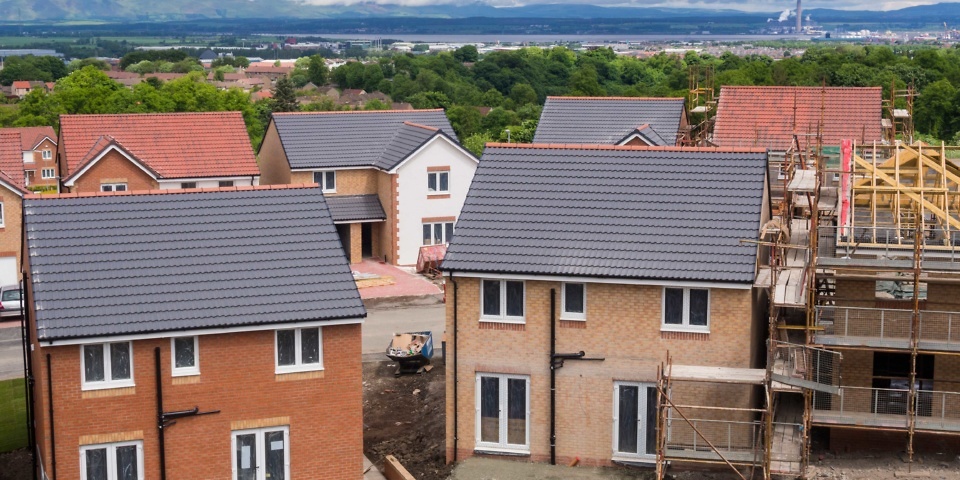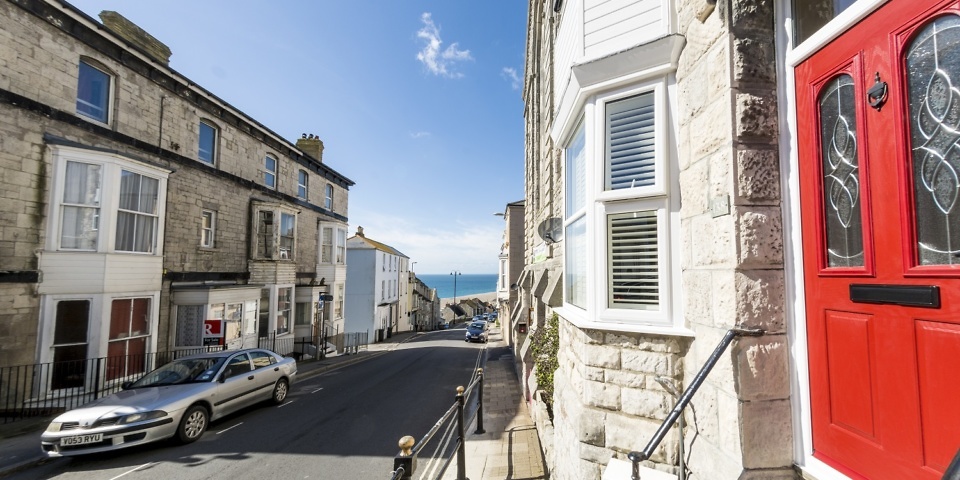
Despite tougher lending restrictions and taxation alterations in the buy-to-let market, property can nonetheless be a profitable investment over the long term, new research suggests – but exactly how likely are you currently to profit from buy to let?
Data analysis from specialist lender Kent Reliance claims that over Twenty five years landlords can also enjoy profits of lb265,000 per property through capital gains and rental income – an overall total gain of lb162,000 in today’s money.
Here, we take a look at the information and consider whether buy to allow really does remain a sound investment for all those prepared to take part in the long game.
Buy-to-let gains depend on your tax band
Landlords have had a tough time of it lately, with tighter affordability rules, mortgage interest tax changes and stamp duty surcharges significantly eroding profits.
Despite this, the research claims that investors could still make significant returns, although higher-rate taxpayers are in position to make a smaller amount than those make payment on basic rate.
Basic-rate taxpayers
This data from Kent Reliance claims that on the 25-year investment (having a 30% deposit), a basic-rate taxpayer can make lb265,000 in capital gains and rental income.
This is assuming that house prices and rents increase by 1% every year, and takes into account mortgage finance costs, maintenance and running costs – but not any small remodels.
Higher-rate taxpayers
Those who pay tax at a higher rate face a heavier burden, largely due to changes to mortgage interest tax relief, that are being implemented until 2022.
The data implies that these taxpayers pays lb88,000 over the 25-year period, much more than the lb58,600 they had have paid before 2022.
This means projected returns will be reduced to lb203,000 – one fourth less than basic-rate taxpayers.
Regional variations in buy-to-let profits
While the typical projected profit over 25 years for the entire of The uk is lb265,650 – or lb161,922 in today’s money – this varies massively from country to country and place to place.
For example, Scottish investors are in position to make lb137,421 per property – while those in Wales may only take advantage of an lb82,871 uplift.
| Region | Typical deposit | Initial rental income (year) | Total rental income (25 years) | Capital gains (Twenty five years) | Profit in today’s money |
| Scotland | lb52,818 | lb8,710 | lb317,557 | lb192,574 | lb137,421 |
| Wales | lb37,835 | lb5,112 | lb186,398 | lb137,943 | lb82,871 |
And as you may imagine, the data for England is skewed through the London rental market.
The typical deposit of lb158,225 paid by investors in London is almost double the amount second highest (lb81,301 within the South East of England) – and this is reflected in the projected profits on offer to those risking more money in the capital.
| Region | Typical deposit | Initial rental income (yr) | Total rental income (Twenty five years) | Capital gains (Twenty five years) | Profit in today’s money |
| London | lb158,225 | lb19,416 | lb707,876 | lb576,878 | lb307,887 |
| East of England | lb70,153 | lb8,844 | lb322,451 | lb255,774 | lb142,795 |
| South West | lb60,894 | lb8,245 | lb300,614 | lb221,905 | lb132,331 |
| Yorkshire and also the Humber | lb37,712 | lb7,032 | lb256,364 | lb137,494 | lb110,218 |
| North West | lb36,883 | lb7,090 | lb258,514 | lb134,472 | lb110,864 |
| South East | lb81,301 | lb9,964 | lb363,274 | lb296,417 | lb160,774 |
| North East | lb29,512 | lb4,389 | lb160,027 | lb107,597 | lb70,709 |
| West Midlands | lb45,027 | lb7,260 | lb264,693 | lb164,166 | lb115,002 |
| East Midlands | lb44,759 | lb7,588 | lb276,665 | lb163,188 | lb119,612 |
The costs of buy-to-let investment
Buying and running a good investment property is an ever more expensive business, using the research from Kent Reliance showing that investors could spend lb373,000 per property over Twenty five years – that’s 58% of their total income and capital gains.
This is dependant on a basic-rate taxpaying landlord contributing lb99,600 in tax – comprised of lb60,000 in capital gains tax, lb29,000 in tax and lb10,000 in stamp duty.
Mortgage finance is easily the most costly expense for landlords, with bills running to lb157,000, while maintenance comes in at lb72,000.
Does this suggest buy-to-let investment may be beneficial?
While these figures offer a theoretical boost to embattled buy-to-let investors – they can’t element in unexpected twists on the market and wider economic conditions.
For example, when the rental market is constantly on the slow there’s no guarantee of capital growth or increased rental yields – even at the low level projected here.
On top of this, uncertainty surrounding Brexit could keep having an effect and there’s no telling how that's prone to modify the wider British economy.
Following a slew of legislation that has decreased the attractiveness of buy-to-let, there’s even the chance of further regulation affecting profits (including a future lettings fee ban, which is currently before parliament).
This implies that while buy to allow can be profitable, it’s best practiced by committed investors who're in it for the long term.
In light of these challenges, it’s no real surprise that some landlords are selling up – a current survey by the National Landlords Association discovered that 19% of landlords plan to offload a minumum of one property in the next year.








